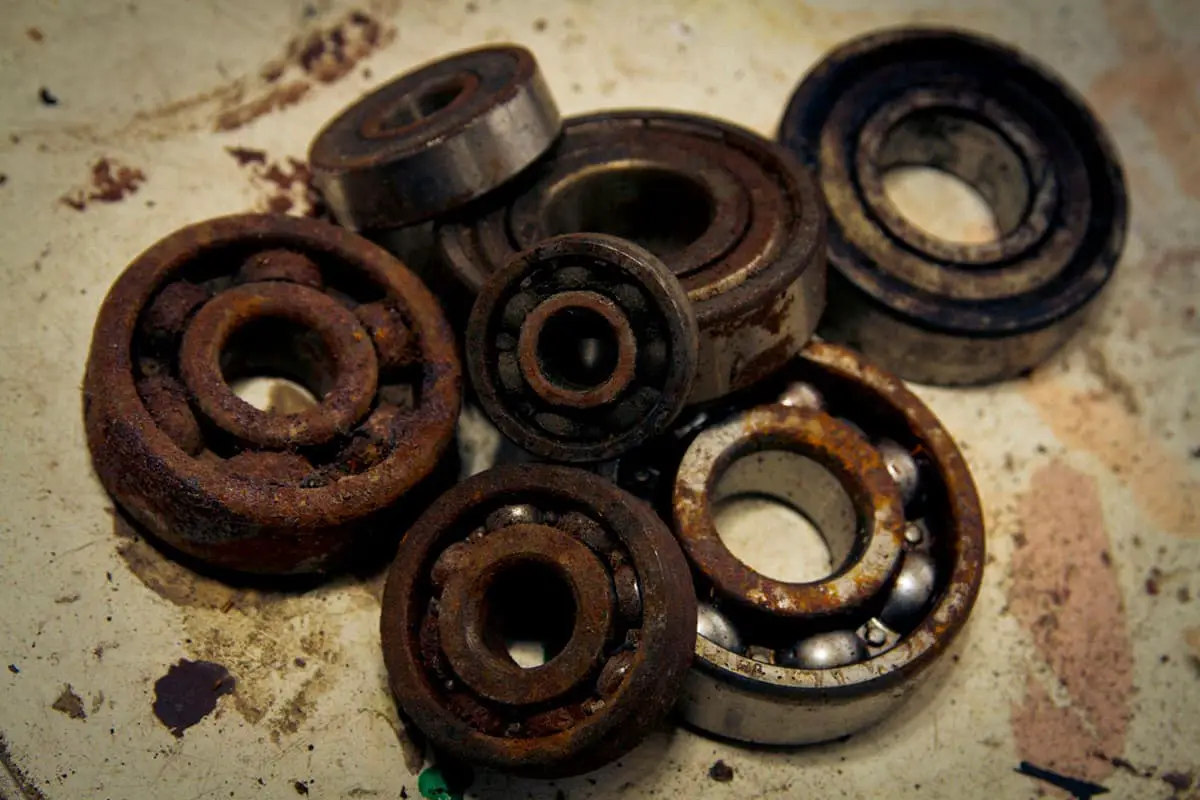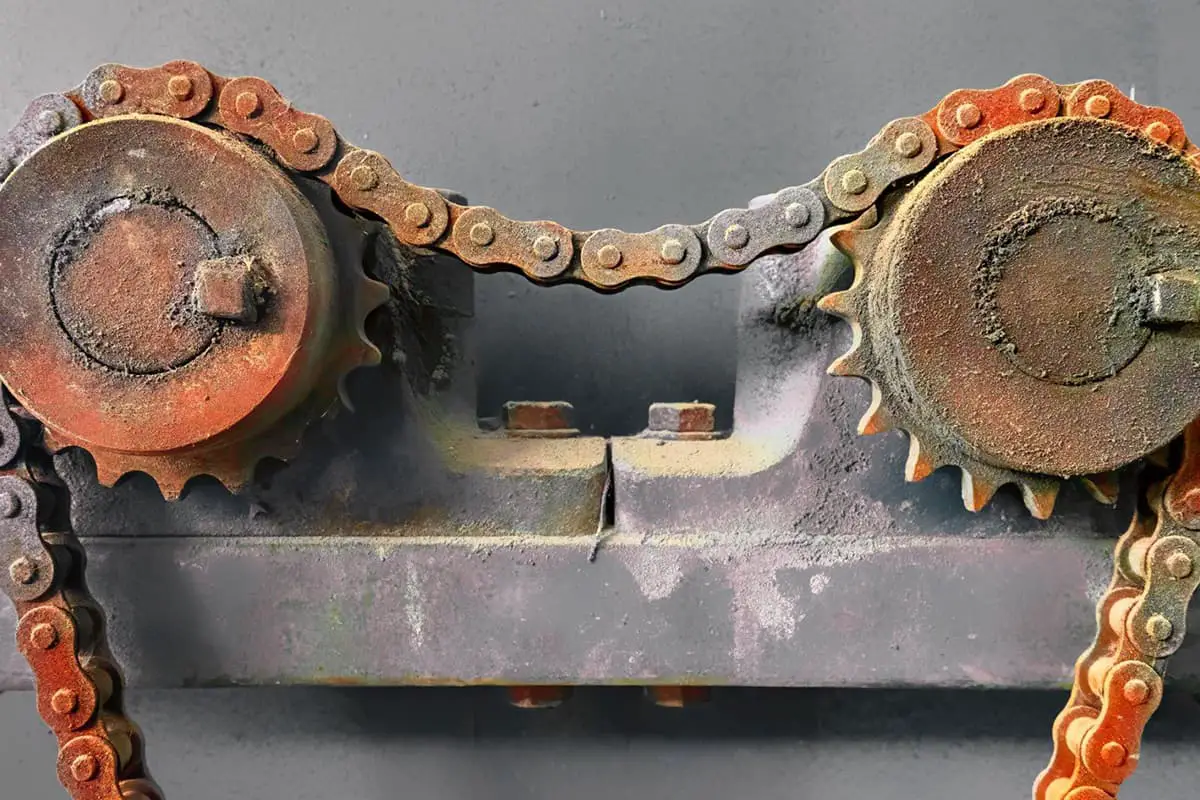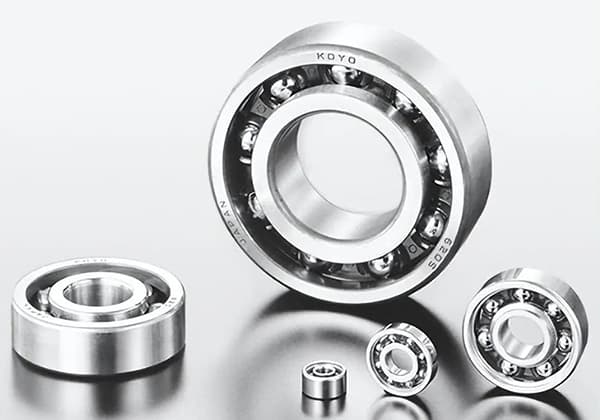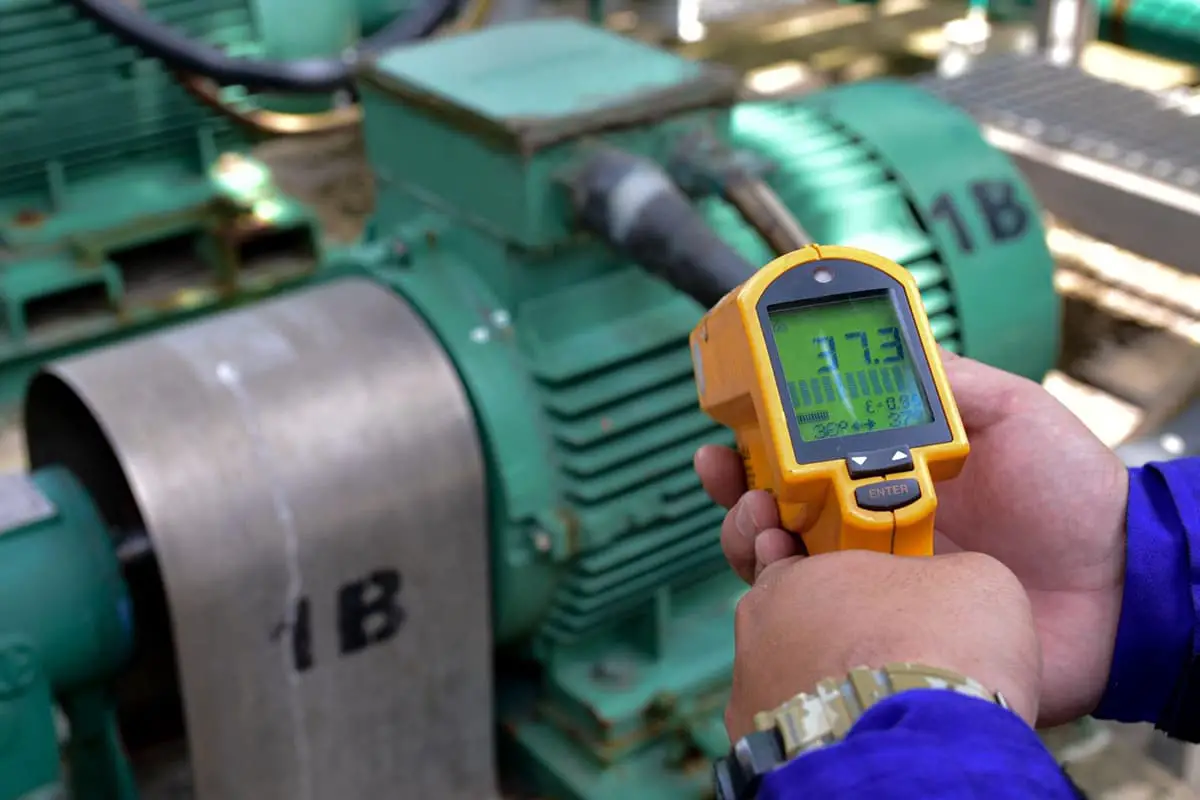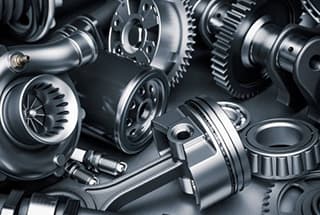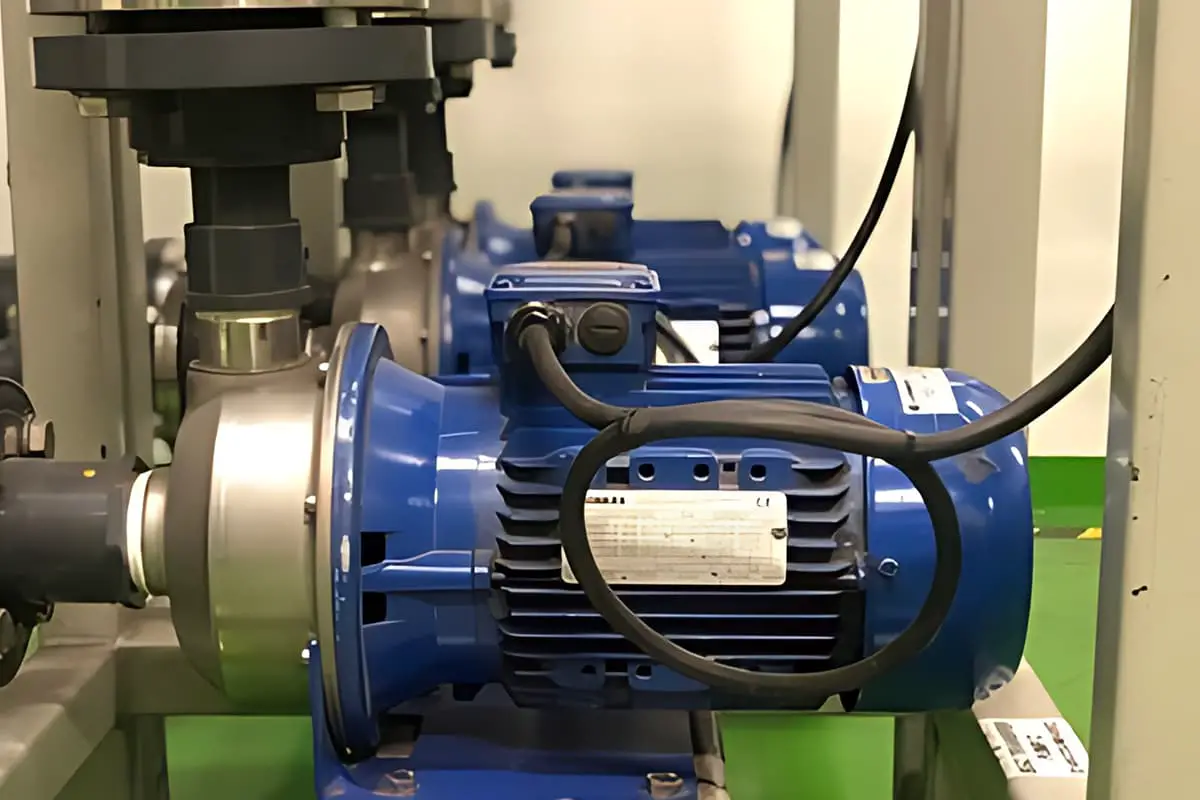
Have you ever considered how air can revolutionize bearing technology? Air bearings, which use a thin film of pressurized air to eliminate contact between surfaces, offer unparalleled low friction, high precision, and a wide operating temperature range. This article dives into the unique characteristics and applications of air bearings, from hovercrafts to high-speed machinery. Discover how this innovative technology is setting new standards in engineering and what it means for the future of mechanical systems.
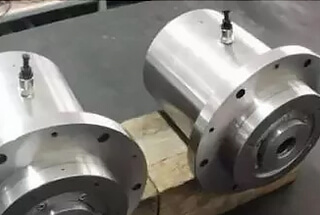
Bearing is a concept that most people are familiar with. The rolling bearing, which is commonly used, is probably the most recognizable. It is a crucial component of modern mechanical equipment. But what exactly is an air bearing?
The idea of using gas as a lubricant was first proposed by the Frenchman G.A. Ian in 1854. It wasn’t until 1896 that the first air bearing was introduced.
An air bearing is a type of sliding bearing that uses gas as a lubricant. The most common gas used for this purpose is air, but other gases such as nitrogen, argon, hydrogen, helium, or carbon dioxide can be used as required. Gas is often used as a lubricant in compressors, expanders, and circulators.
An air bearing operates by using the pressure of an air film to support the load between the sliding surfaces of the bearing. During operation, the sliding surfaces are completely separated by the air film. Air bearings belong to the category of fluid sliding bearings and they use fluid lubrication, with air as the lubricating medium.
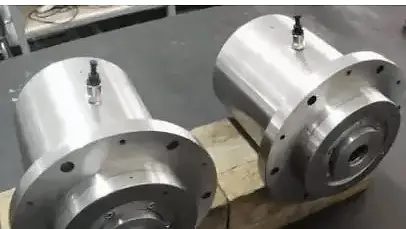
According to the mechanism of pressure air film formation, air bearings are categorized into two types: aerodynamic bearings and aerostatic bearings.
The pressure air film in aerodynamic bearings is generated by the movement of the sliding pair, which draws air into the convergence area between the surfaces. This results in a roughly wedge-shaped air film, as depicted in Figure 1. Aerodynamic bearings are referred to as “self-acting bearings” because they don’t require an external air supply.
In contrast, the pressure air film in aerostatic bearings is created by introducing compressed air from an external source into the sliding pair surface through a restrictor, as shown in Figure 2. It is important to note that aerostatic bearings require a clean external air source.
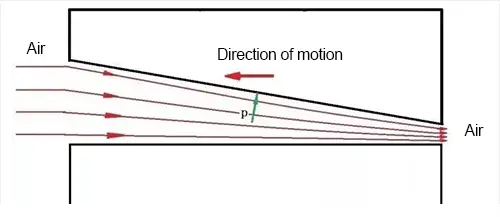
Fig. 1 working principle of aerodynamic bearing
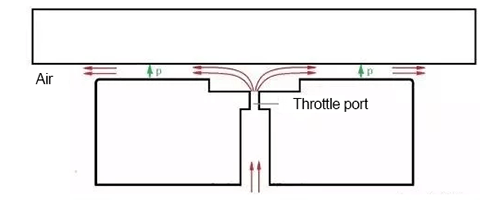
Fig. 2 working principle of aerostatic bearing
① Low Friction
Gas has a much lower viscosity compared to liquids, with the viscosity of air being only one fifth that of No. 10 mechanical oil at room temperature. The friction of a bearing is directly proportional to its viscosity, making the friction of a gas bearing lower than that of a liquid-lubricated bearing.
② Wide Speed Range
Gas bearings have low friction and generate low heat, even at high speeds of up to 50,000 RPM, with a temperature rise of only 20 to 30 degrees Celsius. Aerostatic bearings can also be used at very low speeds or even at zero speed.
③ Wide Temperature Range
Gas can remain a gas over a wide range of temperatures and its viscosity is relatively unaffected by temperature changes. For example, when the temperature increases from 20 to 100 degrees Celsius, the viscosity of air increases by only 23%. As a result, gas bearings can be used in a temperature range of -265 to 1650 degrees Celsius.
④ Low Load-Bearing Capacity
The load-bearing capacity of hydrodynamic bearings is directly proportional to its viscosity. The load-bearing capacity of a gas hydrodynamic bearing is only a few thousandths of that of a liquid hydrodynamic bearing of the same size. The compressibility of gas also limits the load-bearing capacity of a gas hydrodynamic bearing, with a typical maximum load per unit projected area of 0.36 MPa.
⑤ High Machining Precision
To increase the load-bearing capacity and gas film stiffness of gas bearings, a smaller bearing clearance (less than 0.015mm) is usually used compared to liquid lubricated bearings. This requires a corresponding improvement in the precision of the components.
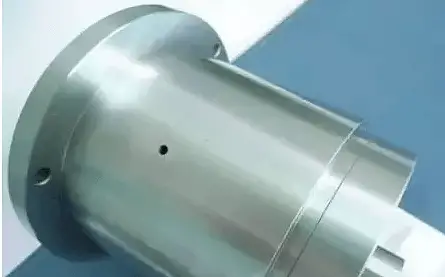
Air bearings are a new type of bearing that rely on aeroelastic potential energy for support. Unlike traditional bearings, air bearings use air as the only lubricant and are ideal for applications where no pollution is allowed.
In air bearings, the traditional ball bearing is replaced by an air cushion. One well-known example of air bearings in action is in hovercrafts. Huge fans blow air under the hovercraft, which is prevented from escaping by an elastic rubber “skirt.” The resulting high air pressure supports the weight of the hull, causing the hovercraft to float on the air cushion.
Gas bearings have been increasingly used and studied since the 1950s. Today, they are used in a variety of applications, including textile machinery, cable machinery, instrument machine tools, gyroscopes, high-speed centrifuges, dental drills, low-temperature refrigerators, hydrogen expanders, and high-temperature gas circulators.

